Throughout the duration of Research and Communication Skills for the past 10 weeks I have been able to learn about multiple art and design movements that have taken place that I otherwise might not have known about. These movements have helped contribute to politics and culture both in the past and now and their influence on artists and designers during those times as it helped to shape their beliefs which was interesting to see change by jumping to different movements in each lecture.
The lectures have also helped develop my research and referencing skills as prior I had struggled to gather information and respond to it as well as reference it with the Harvard referencing system.
From these lectures, I am able to see that out of the movements we had looked at that I am most interested in the counter culture movement, and postmodern work as I feel that I my work can relate to them with my style of work and is able to be both influenced and I can learn from them further.
At the beginning of the course I was solely interested in the illustration pathway, but by looking at different types of work such as graphic design and photography where we had watched Abstract: The art of design [1], which showcased other artists and designers, it has opened my eyes to the other pathways and other ways of working. Such as taking another view on photography in Episode 7 with the photographer Platon whose main aim is to capture not just the physical form of the subject, but also their entirety in terms of personality and feelings which was something that I hadn’t thought about prior and will incorporate in future work.
Some of the tasks, such as the ones where we had to look at multiple images and discuss them and their relevance to our interests, has helped me to make connections between their work and my own as well as evaluating other people’s work. This has also helped me to realize that there are many mediums that I would like to try and get better at, and has inspired me to try some of the ideas that I wrote about from those images. Such as using a limited colour palette and one of similar colours and tones.
Overall, I have enjoyed the past 10 weeks and tasks, although at times difficult when trying to find older images such as for Task 5 which looked at counter culture and knowing whether the source was reliable. I will be looking further into some movements more in my own time, such as for counter culture and post modernism, as I feel there is more that I want to learn about those movements.
Bibliography:
[1] TV Series. Documentary. (21/01/17) Abstract: The Art of Design. RadicalMedia. Tremolo Productions. Netflix.
[Accessed 04/12/17]

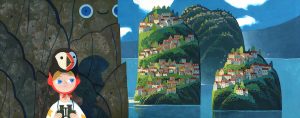
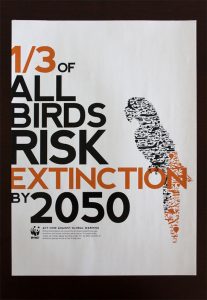
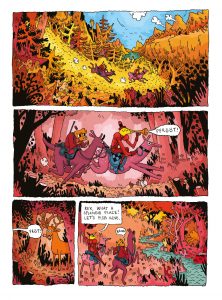

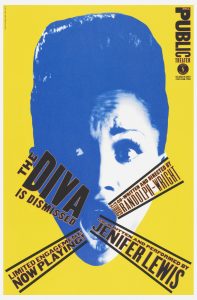
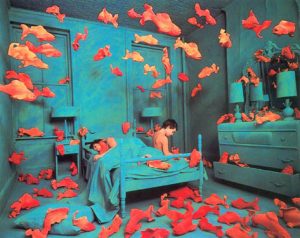
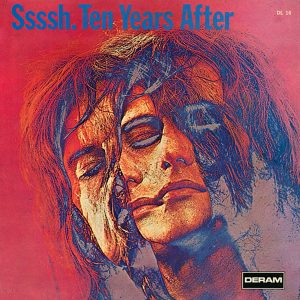
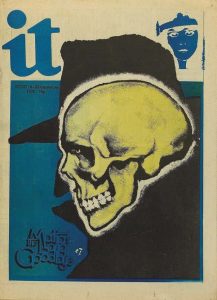
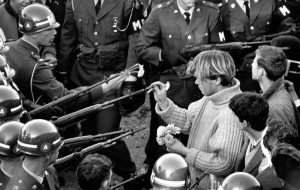

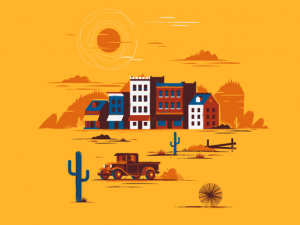 The second image [2] could be considered a cross between illustration and graphic design due to the digital nature yet illustrative nature of it. The creator of the second piece is Matt Carlson who is both a freelance illustrator and designer. He has only used around 5 colours for this piece which works well as it makes the i mage appear bold and very simple even with the small details by using other colours on top of others as shading.
The second image [2] could be considered a cross between illustration and graphic design due to the digital nature yet illustrative nature of it. The creator of the second piece is Matt Carlson who is both a freelance illustrator and designer. He has only used around 5 colours for this piece which works well as it makes the i mage appear bold and very simple even with the small details by using other colours on top of others as shading.